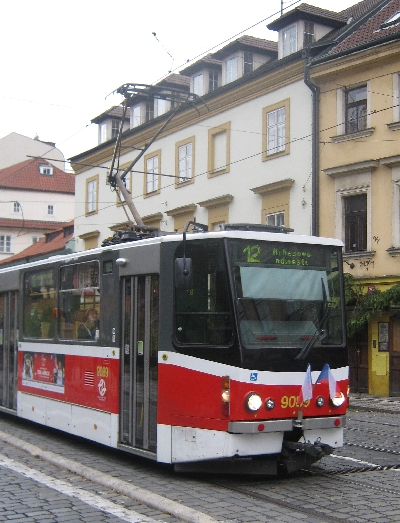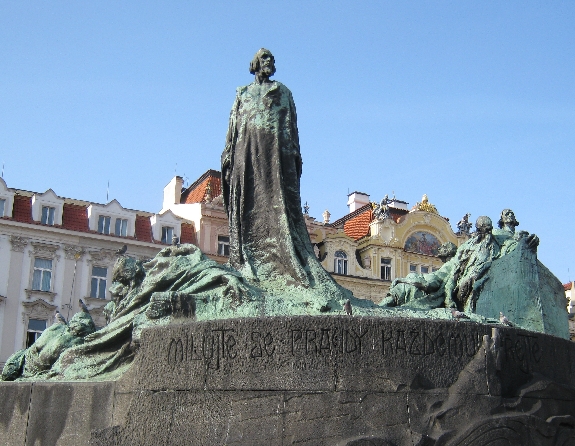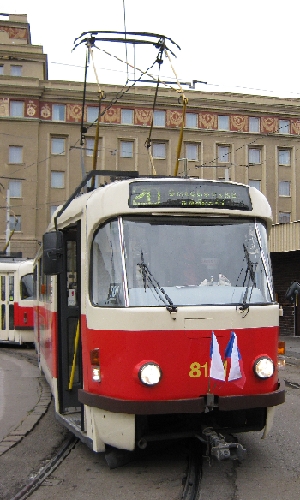
This is a post that I’ve been compiling in my mind for quite some time. So with Valentine’s Day being less than two weeks away, the time has come to commit it to writing and the public domain.
The genesis of this post was seeing more than one comment on social media in late November, of American friends of Americans newly arrived here in Prague, actually asking, ‘Do Czechs celebrate Thanksgiving?’ Another, asking an American teacher in an international school here, whether he had the day off for Thanksgiving.
I do appreciate that these comments and questions, came from some of the approximately 60% of Americans who do not hold a passport and have therefore never set foot outside their own country. I did enjoy the response of another American teacher working here in Prague, when I mentioned these comments to her. She said that it made her ‘want to face-palm’ and that clearly those who asked ‘needed to go back to second-grade Social Studies classes’. As always, I was glad that was said by an American and not by me 😉
But I use this particular example to illustrate the important point that, if you choose to live and work in another country, you cannot expect the citizens of that country, to mark and celebrate the same things as are celebrated in your own nation.
This does not mean that if you move abroad, you cannot still celebrate festivals that are important to you. Staying with American Thanksgiving, I’ve twice had the privilege of being invited by an American woman married to a Czech man and living here, to a Thanksgiving meal she has laid on for her husband and their friends. Another American woman has told me that she does a similar thing and is grateful that finding the ingredients she wants for a Thanksgiving Dinner, is far easier now than it was when she first arrived in the Czech Republic, fifteen years earlier!
I must say that the Americans that I know living here in Prague, clearly were listening in their second-grade Social Studies classes and fully appreciate why Czechs do not celebrate Thanksgiving. But I do hear expressions of regret from both American and British expats living here, that there is very little marking of either Halloween or Valentine’s Day in the Czech Republic. For to most Czech people, both are seen as foreign imports and not part of Czech culture. And as far as I am concerned, long may that be the case.
As I’ve previously written on this blog, I have a serious aversion to the celebration of Halloween. Why do parents encourage their children to do silly things on 31st October each year, that they spend the other 364 days of the year, actively discouraging them from doing???? Quite honestly, the way Halloween is marked these days in both the USA and the UK, is more a celebration of that which is basically evil, rather than celebrating all that is good.
‘Halloween’, is a corruption of ‘All Hallows Eve’, ‘All Hallows Day’ being the archaic name of what is now known as ‘All Saints Day’ – 1st November. And despite the high level of agnosticism in the Czech Republic, the custom here over the period 31st October – 2nd November (All Souls Day), is to visit the graves of deceased relatives in order to lay flowers and light candles. To remember and give thanks, for ‘those we love but see no longer’.
Therefore in Czech supermarkets in October each year, rather than shelves of cheap Halloween tat, instead you will see shelves full of outdoor votive candles for sale. If in the evening in early November, you pass by a Czech cemetery, you will see a sea of flickering lights – quite an amazing and moving sight. Far preferable as far as I am concerned, to seeing children or adults dressed up in ugly costumes, seeking to frighten people.
In contrast to Halloween, I have no problem with couples using Valentine’s Day, as the occasion to celebrate their loving relationship. But it isn’t a Czech tradition and nor does it need to be. For Czech people already have a lovers day – 1st May. Particularly here in Prague, the tradition on the 1st May each year, is for couples to walk up Petrín Hill and declare their love for each other, standing under one of the many trees in blossom at that time. When you have such a tradition, why do you need another one?
However, the way Valentine’s Day is celebrated in the UK, is real bonus for hotels here in Prague. The period from early January to late March each year, is what I often refer to as the ‘non-tourist season’ – the opportunity to walk around the centre of the city without there being hordes of tourists. But with Valentine’s Day falling right in the middle of this period, offering a romantic weekend in Prague to British couples, is an excellent way to improve hotel occupancy rates during a lean period of the year 🙂
As an expat living here in the Czech Republic, I’m very happy to embrace Czech celebrations and culture. To experience something that is different, rather expecting everything to be the same and globalised. No – Czechs don’t celebrate Thanksgiving, Halloween or Valentine’s Day. And my question always is, ‘Why on earth should they?’










 Knowing the dates of public holidays when you move to or visit a country of which you are not a native, is quite important as my wife and I found out only on Monday of this past week. We were returning from our trip to Turkey about which I’ve just started blogging, when we drove from Italy into Austria on the penultimate leg of our journey home to Prague. We were driving along the Austrian autobahn when my wife said, “Rather than stop at a service station for lunch, why don’t we drive into a nearby town and find a nice restaurant instead?”
Knowing the dates of public holidays when you move to or visit a country of which you are not a native, is quite important as my wife and I found out only on Monday of this past week. We were returning from our trip to Turkey about which I’ve just started blogging, when we drove from Italy into Austria on the penultimate leg of our journey home to Prague. We were driving along the Austrian autobahn when my wife said, “Rather than stop at a service station for lunch, why don’t we drive into a nearby town and find a nice restaurant instead?”